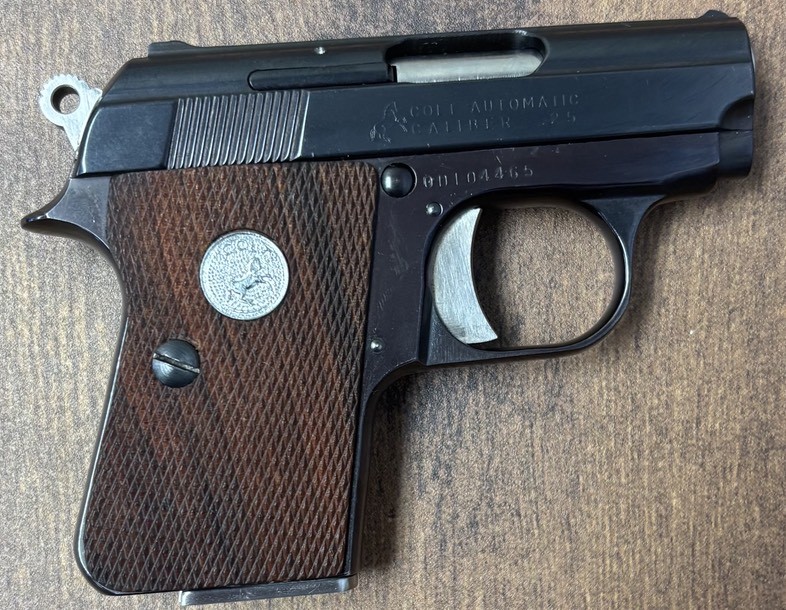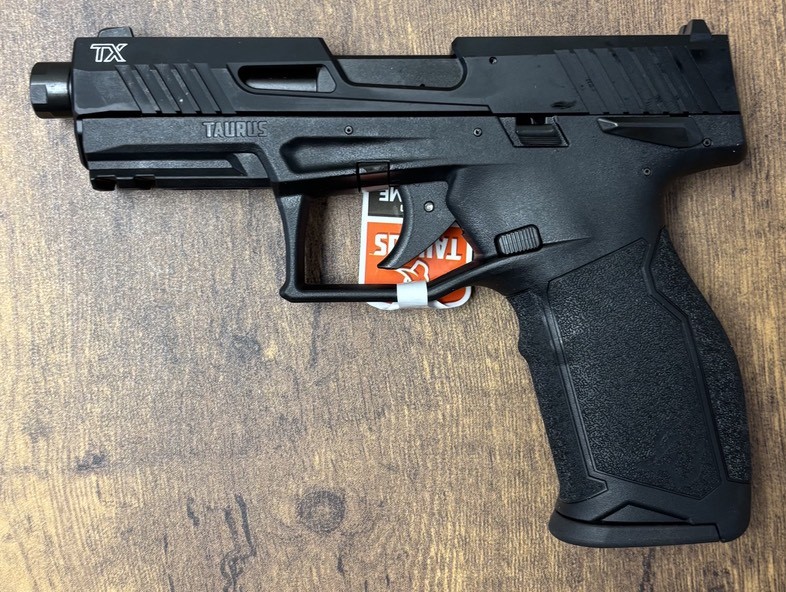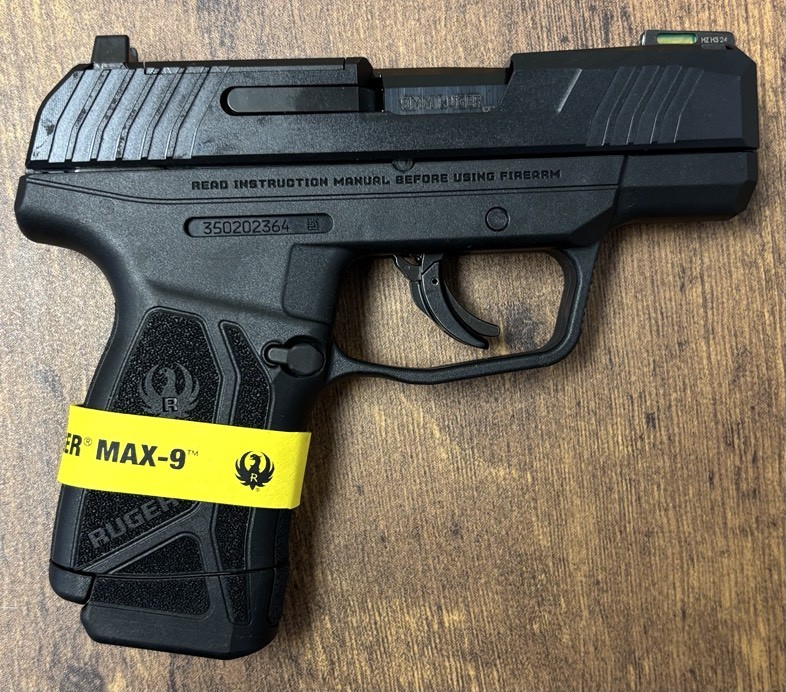TROY M7A1 PDW STOCK KIT
There is a trend. It’s a trend toward shorter and shorter rifles. The US #military went from the M1 (43.5″ OAL with a 24″ barrel) to the M4 (33″ OAL with a 14.5″ barrel) in a series of #rifles that got shorter and shorter. Some units within the military are even using tiny carbines like the Mk18 (30″ OAL with a 10.3″ barrel). But it’s not just the military. More and more people purchase modern rifles for recreation and #selfdefense . AR-15 pattern firearms are now the most popular in America.
While most people rely on them for recreation, a 5.56/.223 carbine is one of the best self-defense firearms out there. As you might imagine, a short AR is easier to manage in tight spaces like homes or cars. The extra bullet velocity from a longer barrel is unnecessary at short self-defense distances, and the speed and control provided by a short barrel are extremely valuable at such short ranges. So if a compact carbine is easier to carry and store, and it’s better for use in a self-defense situation, why have manufacturers only been focusing on the front end of the gun with the barrel? Why not make the back end shorter as well?
That way you can fold the AR up, put it somewhere easy to get to but still be out of the way? Maybe you want to fit it under the seat of your car. Maybe in the gap between your nightstand and bed. Up until recently the only option for making an AR short was to get a short barrel and a collapsible stock. But you can only go so small with that.
The limiting factor was the way that the AR operates. The bolt carrier group rides back into the buffer tube (inside the stock) which houses the recoil buffer (a weight designed to help slow the bolt carrier group) and the buffer spring which returns the bolt carrier forward to feed the next cartridge. If you remove length from the buffer and tube you sacrifice mass from the buffer and you won’t have enough travel for the bolt carrier to strip a new round from the magazine. That’s where the clever engineering begins.
While this idea isn’t completely new to the world of AR-15s, Troy was the first company to offer a stock kit of this variety to the US market. The stock kit sports a seemingly impossibly short buffer tube. A rod sits on either side of it. The rods attach to an aggressively textured (but not uncomfortable) butt plate. The butt plate is relieved to slide partially over the buffer tube when fully collapsed, allowing it to be that much shorter. A QD sling socket is on either side of the butt plate, making it easy to attach a sling. When extending to the firing position, the rods slide out, and the butt plate with them, and the shooter can enjoy a short but reasonable 12″ length of pull. Troy’s designers were able to make this work by developing a proprietary bolt carrier and recoil buffer.








